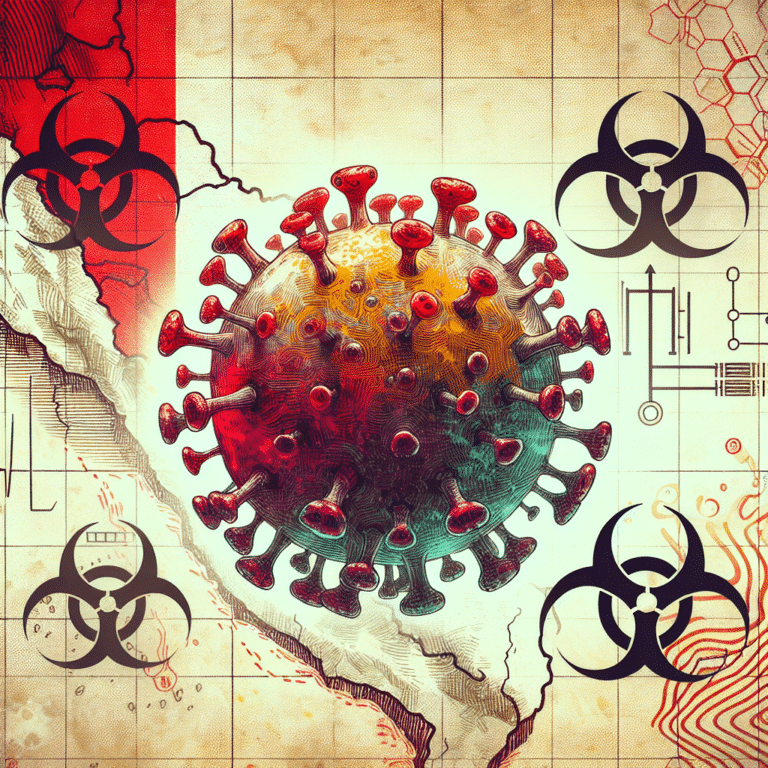Summary
- A case of human Fort Sherman virus (FSV) infection was identified in a patient in Peru in 2020, showing a potential broad vertebrate host range in peridomestic animals.
- Genetic analysis showed a notable genetic identity between FSV strains from Panama and Peru despite being sampled over a distance of 2,000 km and nearly 4 decades apart.
- The human-derived FSV strains clustered with the Panama FSV prototype strain and showed low nucleotide distances, indicating strong purifying selection.
- The potential for FSV to reassort with other orthobunyaviruses like Cache Valley virus (CVV) and potentially broadening its host range, including mosquito species for urban transmission cycles, is a concern.
- Genetic monitoring of FSV is necessary as even small changes in the virus can affect its host range, and the virus should be considered in the differential diagnosis of febrile diseases in Latin America.
Orthobunyavirus is a type of virus that can cause febrile illness in humans and animals. Recently, a case of human infection with Fort Sherman virus (FSV), a type of orthobunyavirus, was reported in Peru. The patient was a 61-year-old man who had no recent travel history. He presented with a fever of 38°C, and initial diagnostic tests for other viruses, such as dengue virus, were negative. Further investigation using a broadly reactive PCR test confirmed the presence of orthobunyaviruses in the patient’s blood, specifically identifying it as FSV through sequencing of the viral genome.
The study conducted in Peru aimed to understand the extent of FSV infection in the Lambayeque region. While a significant number of febrile patients tested positive for dengue virus, none of the samples tested positive for FSV or other related viruses. The genetic analysis of the FSV strains from Panama and Peru revealed a close relationship, despite being sampled 2,000 km apart and nearly 40 years apart. This suggests a stable genetic makeup of the virus over time.
In phylogenetic analyses, the FSV strains from Panama and Peru clustered together, indicating a shared evolutionary history. The study also highlighted the potential for genetic reassortment between FSV and another virus called Cache Valley virus (CVV), which further broadens the host range of the virus. This is concerning as the Lambayeque region is a known hotspot for mosquito-borne diseases like dengue fever, and the presence of FSV with a CVV-like protein could pose a risk for urban transmission cycles.
The lack of previous studies on FSV in humans is intriguing, with one possible reason being the limited diagnostic capacity in areas where the virus may circulate. The study emphasizes the need for genetic monitoring of FSV to track any potential changes in the virus that could impact its ability to infect humans. The researchers also suggest considering FSV in the differential diagnosis of febrile illnesses in Latin America and developing robust serologic tests for detection.
The findings of the study shed light on the presence of FSV in humans in two ecologically distinct settings in Latin America, highlighting the importance of understanding the transmission cycle of the virus to identify at-risk populations and implement effective intervention strategies. Further research is needed to explore the potential impact of FSV on public health in the region and to enhance diagnostic capabilities for timely detection and management of the virus.
Source link
Infectious Diseases, Public Health & Prevention


